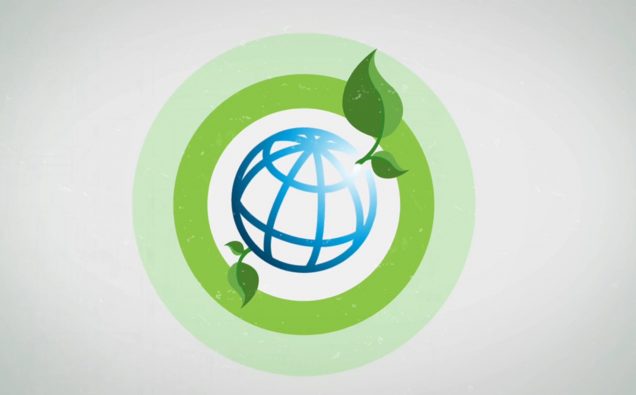
The World Bank has raised more than US$13 billion through the green bond that since its launch in 2008 has emerged as a new way to connect investor financing to climate projects.
Proceeds have come from nearly 150 green bonds issued in 20 currencies for institutional and retail investors all over the globe.
A blog on the Bank’s site says the green bond turned out to be a “history-making” event that fundamentally changed the way investors, development experts, policymakers, and scientists work together.
The concept sprang from in 2007 when a group of Swedish pension funds contacted the financial institution and showed interest in making investments in climate change projects.
“Less than a year later, the World Bank issued the first green bond—and with it, created a new way to connect financing from investors to climate projects,” the Bank says.
The initiative time with a 2007 climate change warning that the Intergovernmental Panel for Climate Change—a United Nations agency that provides scientific data on climate change and its political and economic impacts—published.
“Success ultimately came in November 2008, when the World Bank issued the green bond. The bond created the blueprint for today’s green bond market. It defined the criteria for projects eligible for green bond support, included CICERO as a second opinion provider, and added impact reporting as an integral part of the process. It also piloted a new model of collaboration among investors, banks, development agencies and scientists. Ultimately, it was the result of their commitment, perseverance, and drive to find a solution,” the blog says.
By the end of the fiscal year 2018, the Bank says there were 91 eligible projects and a total of US$15.4 billion in commitments.
Of these commitments, US$8.5 billion in Green Bond proceeds were allocated and disbursed to support projects in 28 countries and another US$6.8 billion had yet to be disbursed, according to the blog.
The Bank also provides a link detailing that by June 30,2018, Renewable Energy and Energy Efficiency and Clean Transportation projects represented the largest sectors in the Green Bond eligible project portfolio.
The Bank credits the initiative with sparking a sustainability revolution, noting that ten years after the launch, “capital markets have evolved from a market where investors knew and cared little about what their investments were supporting, to one where purpose matters more than ever.”
“As a result, there are now social bonds, blue bonds, and other bonds that raise financing dedicated to a specific development purpose. All follow the green bond model with its focus on impact reporting. More than US$500 billion in these kinds of labeled bonds have been issued since 2008,” the blog post says.
It also quotes Heike Reichelt, World Bank Treasury’s Head of Investor Relations and New Products as saying that “investors want a competitive investment, but we see that more investors also want to put their money to have a positive and measurable impact on society.”












